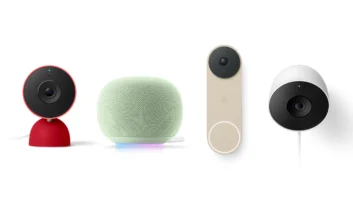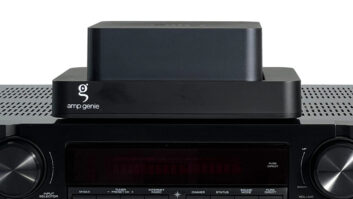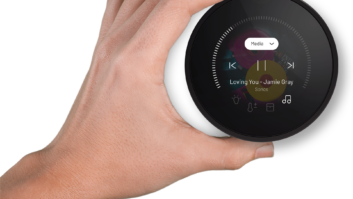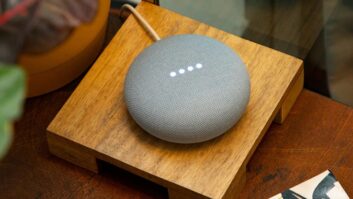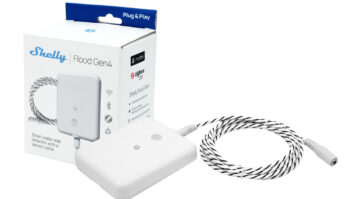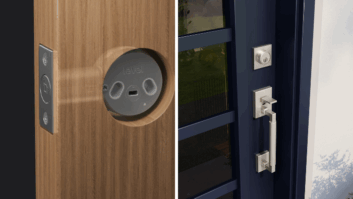The eight-year growth streak experienced by home computers may slow slightly next year, but data from the Consumer Electronics Association (CEA) still shows the category experiencing double-digit growth.
CEA is projecting that home computers, which include desktop and notebook computers, will post a 16.4 percent unit sales increase in 1999, with 14.9 million units shipped — about 2.1 million more than 1998. This is forecast to grow another 12.8 percent, with 16.8 million units expected to ship in 2000.
Average sale price, which was $1,300 in 1998, is estimated to drop to $1,100 when the 1999 numbers are finally tabulated and is forecast to remain steady at that price through 2000. The drop in price will hold the total factory value for the category relatively steady this year. CEA is projecting a minor uptick from 1999’s $16.4 billion to $16.8 billion.
The home computer category is now four times larger than when the association first started tracking it in 1990.
CEA estimates the printer category, which includes inkjet and laser models sold at retail, grew by 20 percent in 1999, with 15 million units shipped, compared to the 12.5 million printers shipped the year before. Peter Bergman, VP of marketing and customer care for Canon, attributed the growth in the printer category to the high attach rate the products had with low-end PCs.
For 2000, CEA is projecting printer unit shipments will increase another 11 percent to 16.7 million units. Through the end of this year, average unit prices are expected to drop to $290, down from $335 in 1998.
The aftermarket modem category, not including DSL and cable modems, will experience slightly slower gains, according to the CEA study. Although this category grew in 1998, with 9 million units shipped, it will flatten out over 1999 to 2000 with 10.5 million units shipping each year. Average unit prices will drop to $130 in 2000, down $9 from the 1999 modem price.
The aftermarket monitor category will enjoy a steady, if unspectacular, growth next year. The CEA 1999 estimate shows 4.1 million monitors shipping in 1999, up 10.5 percent from 1998, and the organization is projecting 4.6 million will ship this year.
CEA does not break out other PC peripherals by product, but it did project that the factory dollar value for the category would grow by 35.9 percent in 2000 compared to 1999.
Computer software factory dollar value grew at a respectable 14 percent, according to CEA preliminary data, which sees sales increasing by 16.1 percent this year.
Only two home office categories are decreasing: electric typewriters and fax machines. The electric typewriter category shipped 1.8 million units in 1998, but this declined to 1.6 million in 1999 and will sink to 1.2 million this year. At the same time, the product’s average selling price is seen falling to $145, down from $160 two years ago.
Fax machines will have a much slower rate of decline, dropping 1.2 percent both in 1998 and this year. This will drop the number of fax machines shipped this year to just below the 3 million mark, down from 3.05 million in 1998.
Combination TV/PCs remained the smallest home office product category. CEA estimated that 140,000 of these products shipped last year and projects this will grow only another 20,000 units in 2000. Average selling price dropped to $2,550 in 1999 and is expected to fall this year to $2,388.
Video game hardware and software sales will surpass $8.5 billion this year, up more than $2 billion from 1998. The hardware component factory value is estimated as having increased 13.6 percent last year and rising 17.8 percent this year.
Sega dominated the game console market this year when it released is next generation DreamCast game console in September. Sega quickly sold almost 2 million units, according to Cahners Instat, Scottsdale, Ariz., with strong supporting software sales.
Nintendo dominated the software end of the video game business, thanks to the infectious Pokemon craze. NPD TRST Video Game Service has Nintendo taking the top five spots on its 1999 best-selling video game list. Pokemon Blue, Red, Yellow and Pinball for the GameBoy platform were joined by the N64 title Pokemon Snap at the top of the list.
Sony filled in all the gaps not covered by Nintendo. Despite the big sales racked up by the DreamCast console, its software was not represented on the NPD list. This is most likely because the titles were released too late in the year, and many of the console sales took place during the holiday selling period, which left little time for consumers to buy software before the year ended.





